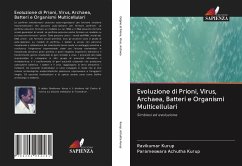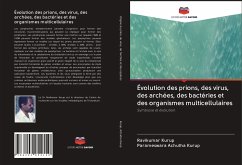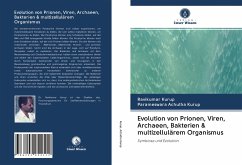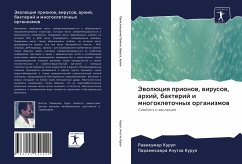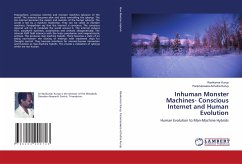The extraterrestrial porphyrins can self organize to form macromolecular structures which can self replicate to form porphyrions. The porphyrins can form a template on which RNA and DNA can form generating viroids. The porphyrins can also form a template on which prions can form. They all can join together - RNA viroids, DNA viroids, prions - to form primitive archaea. Thus the archaea are capable of self replication on porphyrin templates. The bacteria and archaea with mevalonate pathway and cholesterol catabolism had a evolutionarily advantage and constitutes the isoprenoidal clade organism with the archaea evolving into mevalonate pathway gram positive and gram negative organism through horizontal gene transfer of viroidal and virus genes. The isoprenoidal clade prokaryotes develop into other groups of prokaryotes via viroidal/virus as well as eukaryotic horizontal gene transfer producing bacterial speciation. The bacteria and virus reach the earth via meteoric hits. The multicellular eukaryote developed so that their endosymbiotic archaeal colonies could survive and forage better. The multicellular eukaryotes and human species are like archaeal and bacterial biofilms.
Hinweis: Dieser Artikel kann nur an eine deutsche Lieferadresse ausgeliefert werden.
Hinweis: Dieser Artikel kann nur an eine deutsche Lieferadresse ausgeliefert werden.


